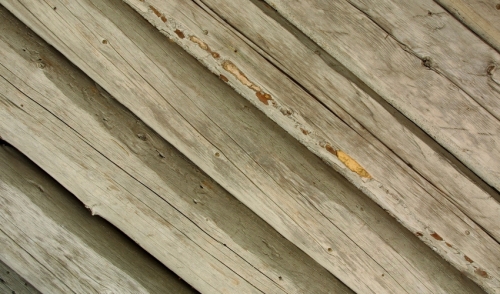{article.name}
Turn Old Decks Into New Decks
Old decks can be eyesores and a potential new market for your deck business.

- Share this:
- Share on Facebook
- Pin on Pinterest
- Tweet on Twitter
Last spring a customer who Dennis Schaefer had built a cedar deck for during the '90s called to say he'd noticed some rot and thought that maybe the deck needed to be redone. It did. When Schaefer, who is the owner of Creative Wood Products, in Fenton, Mich., received similar calls from former clients, he thought: What about all the people who haven't called yet?
“Decking has evolved, in [the past] 15 years,” he says. “Then it was two-by-two spindles and two-by-six planks. Now there are synthetics on the market and aluminum spindles.”
OLD DECK + RE-DECK = NEW DECK The North American Deck and Railing Association estimates that there are 40 million decks in the U.S. 20 years old or older. Not only do decks fade and wear, they may be unsafe. And many owners want them re-faced or “re-decked.”
When John Stolzfus started Decks R Us, in Lancaster, Pa., six years ago, he figured his business would consist of building new custom decks. Today, Stolzfus says, 20% of the decks he builds are re-faced and can be built for about 15% less than a new deck, depending on the condition of the deck structure. “Usually [these customers are] older people, and they're happy with the design. They just want to get away from the maintenance,” he says.
Ben Timko, owner of 765-Deck, in Clearfield, Pa., says he's doing twice as many re-decks, for $20 to $35 per square foot, as new custom decks because of the economy and because he promotes re-decking in his advertising.
RESTORE TO CODE AND GO FROM THERE Schaefer, whose company is 20 years old, decided to narrow his focus. He contacted the roughly 500 customers he had built decks for from 1992 to 1994. For $199, the company will send out a technician to inspect the deck, using a 20-point checklist that includes tightening rails and stairs and checking on fastener condition. The limit is decks of 300 square feet or smaller; the visit usually lasts an hour.
Typically, re-decking starts with a check to determine if the structure is sound. If the structure has some longevity, re-decking involves replacing deck boards and rails, typically with composite or PVC materials or, for railings, often with aluminum. Last fall, the outreach to previous customers brought in 20 deck remodel jobs for Creative Wood Products. So Schaefer put an ad in the paper, extending the offer to deck owners who weren't past customers.
Sign up for our Email List
Stay updated with all our latest posts, products and offers! Just enter your information below.

Comments